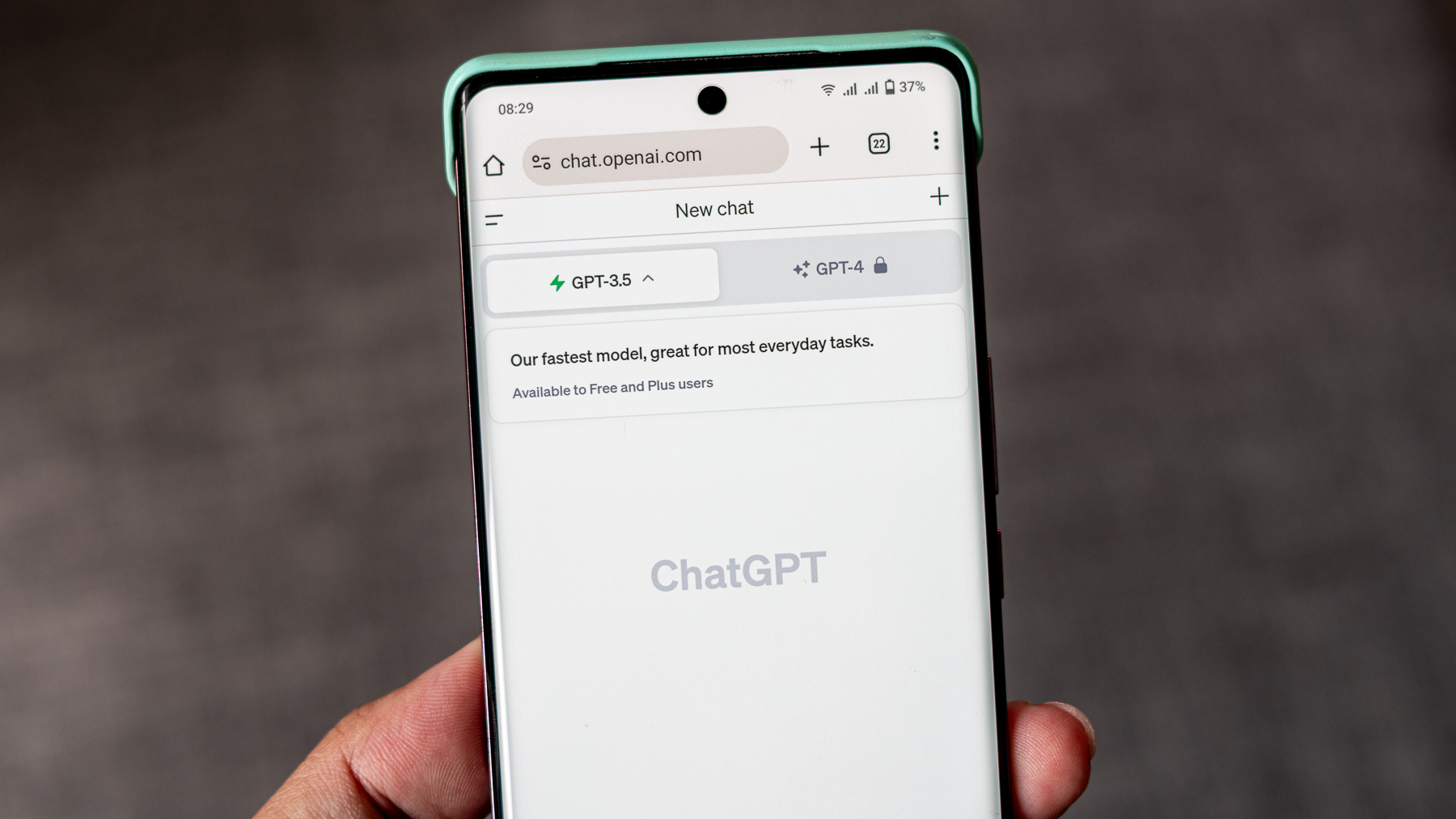Gigahertz, megapixels, and millimeters - do specs matter at all? - Talk Mobile
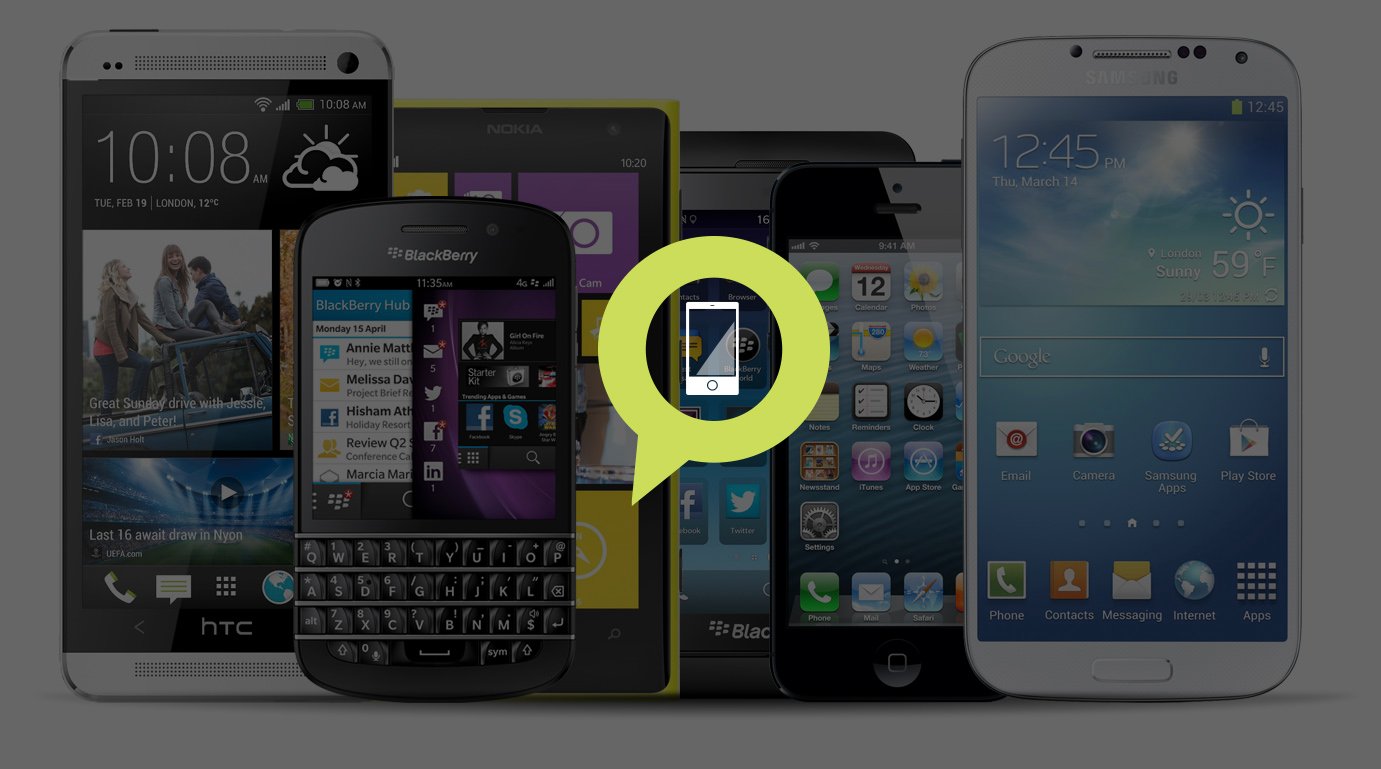
Presented by Blackberry
Talk Mobile Platforms
Gigahertz, megapixels, and millimeters - do specs matter at all?
There are three major elements to the smartphone experience. The hardware, the software, and the services. Software comprises the virtual; it is the operating system and the apps. Services is a bit broader, but it includes cloud connections like backup and app stores as well as the cellular connection provided by the carrier.
Hardware is a different beast. Software and services are ephemeral. You cannot pick up and hold a strong LTE signal. It's energy, it's bits and bytes. Hardware is the physical. It's the device itself. It's the case, the display, the touchscreen, the buttons, the speakers, the microphones, the radios, the processor, the memory, the storage, the sensors, the cameras, the ports, the battery, and everything else that goes into physically building the device.
Hardware is what enables the software and services. Without the hardware, the software couldn't happen. Conversely, without the software and services, the hardware would merely be a fancy paperweight. So just how important is hardware? Do the specs matter, or is it what you can do with the specs that's important? Should we compromise quality for price? And when is it time to put old tech out to pasture?
Daniel Rubino Kevin Michaluk PhilNickinson Rene Ritchie





Do specs matter?
Do specs matter?
Be an expert in 5 minutes
Get the latest news from Android Central, your trusted companion in the world of Android
- Specs are overrated
- Video: Sascha Segan
- Aggressive specs
- Video: Derek Kessler
- Build quality
- Video: Christina Warren
- Retiring old tech
- Video: Dieter Bohn
- Conclusion
- Comments
- To top

Phil Nickinson Android Central
Specs are overrated
And they're overrated.
That's not to say they're not important. Anything and everything has specs. Just as a baseball manager needs to know what he's working with, we, too, should have a basic understanding of what's in our phones and tablets. You don't need to be able to identify every nut and bolt -- and companies like Apple don't readily identify the guts of a product. But we have a basic understanding of what's inside, and so we have a basic understanding of what a phone or tablet is capable of.
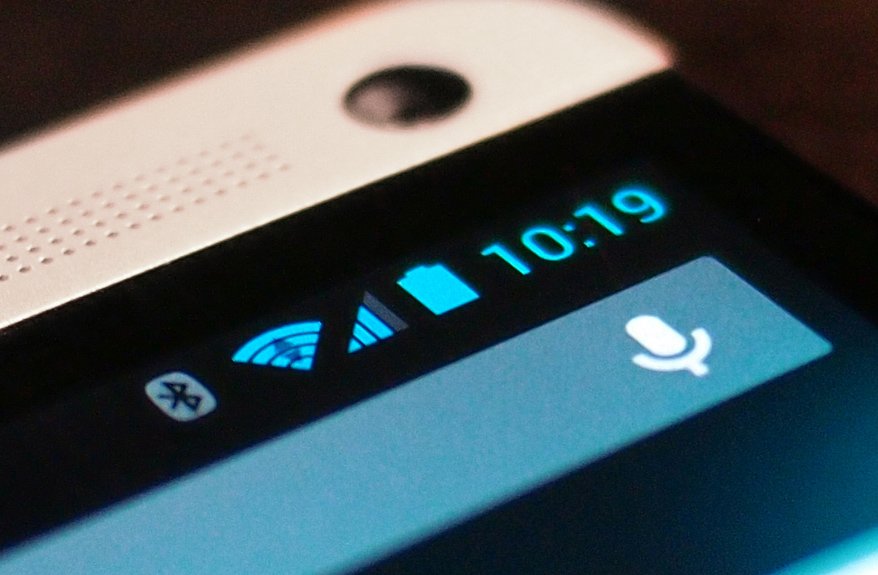
Electromagnetic radiation
The typical smartphone today has at least four radios. By virtue of being a phone, you can expect a cellular radio. Additionally, Wi-Fi 802.11n and Bluetooth 3.0 or better are foregone conclusions. All three of the radios receive and broadcast signals. The fourth standard radio is one that only receives signal: GPS.
Many smartphones include additional radios. NFC - Near Field Communication - is used for short bursts of information between devices that are, well, near each other. Some smartphones also include FM radio receivers for picking up terrestrial radio broadcasts. In Asia it's not uncommon to find smartphones with telescoping television antennas.
The cellular radio can be the most complicated. Most smartphones include the ability to connect to the carrier's 2G, 3G, and 4G networks for the widest possible coverage. Each set supports multiple bands, as well as roaming on competing networks. CDMA phones like those on Sprint or Verizon sometimes even include a second set of radios to connect to GSM networks used elsewhere in the world.
Some people can look at a baseball stat sheet and box score and tell you everything about a team, how likely the third-baseman is to get a hit against a left-hander with runners in scoring position on a cloudless Friday. So, too, are there folks who like to know the difference between this year's and last year's generation of processors. (And even more who like to think they know.) That doesn't make them any more or any less of a smartphone fan as anyone else.
Stats can matter more from depending on the platform, perhaps, but they have plateaued a bit in the last year or so. Of more importance is not breaking compatibility after a software change. Of keeping the experience consistent, or at least moving in a linear direction. Bigger and better and more and faster can make steering the ship an easier process, but it's still up to the captain to tell it where to go, and how to get there.
In the end, it really is the overall experience that matters.
We opened this Talk Mobile endeavor with the words "It's less about the tech specs, and more about how we use these phones and tablets in our daily lives." In the end, it really is the overall experience that matters. Stats play a part in that. A big part, of course. An important part. But for most normal smartphone users, stats are invisible. Do you want to know how the sausage is made? Or do you just want to eat breakfast? There's nothing wrong with either.

I want to see a world where mainstream screen sizes are bordered by the iPhone 5 at the bottom and the HTC One at the top, and there are some awesome things in between.
- Sascha Segan Lead Analyst, PCMag Mobile
Q:
Which hardware specs matter to you?
313 comments
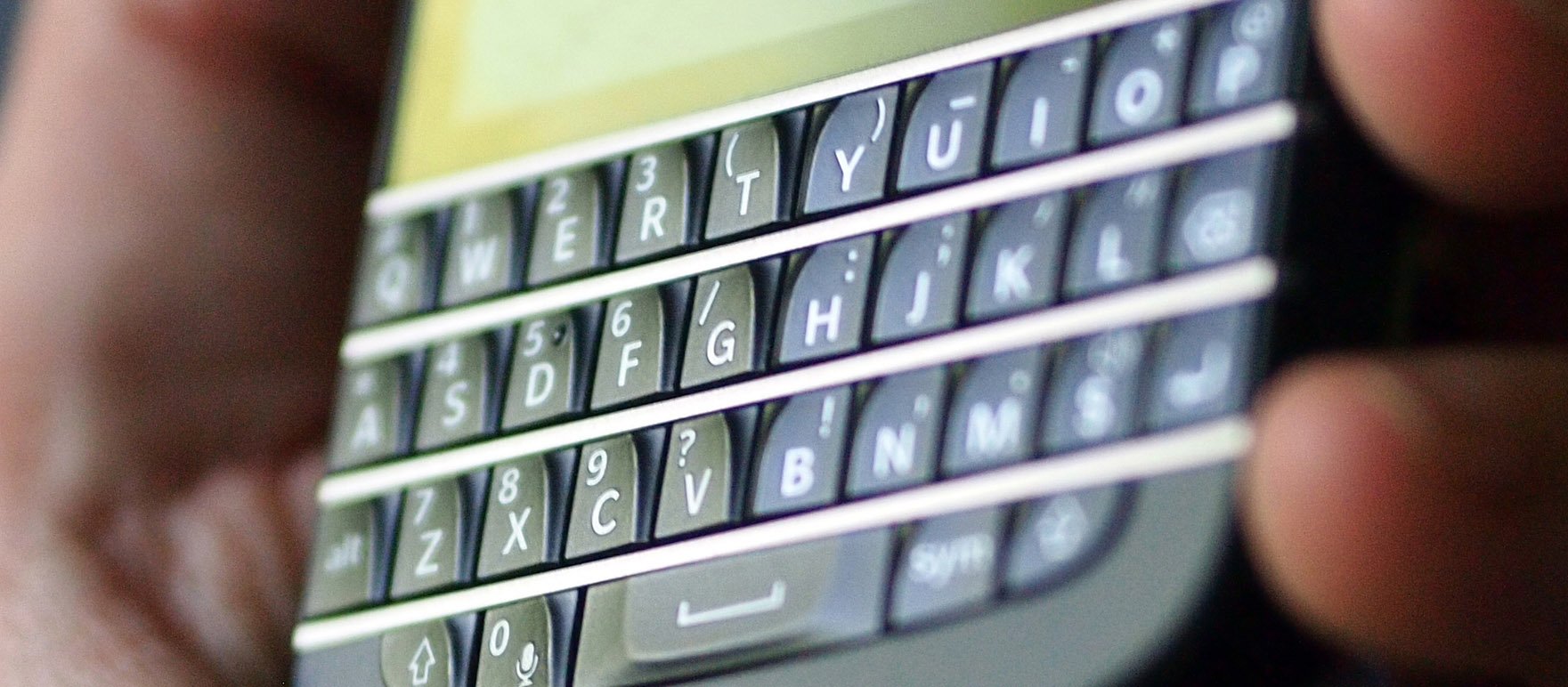

Kevin Michaluk CrackBerry
Pushing boundaries, satisfying early adopters
It might be popular to say focus more, or innovate more, but the truth is that over the years we've seen companies succeed following radically different hardware strategies, both aggressive and conservative. It all depends on their position in the market, the product they're offering, and the general state of the market.
Aggressive specs appeal to geeks, to people who want the latest and the greatest. It's the biggest screen, fastest radio, and most modern features now, now, now. Even if the screen technology isn't perfect yet, battery life suffers, and the features are piled on rather than thought out, some people just want the future in the palm of their hand as soon and possible.
Aggressive specs appeal to geeks, to people who want the latest and the greatest.
Certain manufacturers know that, and they're willing to beef up processors, amp up cameras, and even lower profit margins if it means getting the ultimate geek phone out first. There's a slew of manufacturers involved in this, and we're seeing brutal one-upsmanship even between manufacturers on the same platform - in particular, Android.
When the operating system is the same, specs are one of the most obvious ways to differentiate. Who could get to LTE first? Who could get to 1080p displays first? Stereo speakers? Espresso maker?!
This strategy appeals to the early adopters, but that can pose a problem. There's constantly new technology, so the latest and greatest won't be so for long. With such a short shelf life, this model can become unsustainable. They can never achieve economies of scale on their production runs, and economies of scale are what lead to profits.
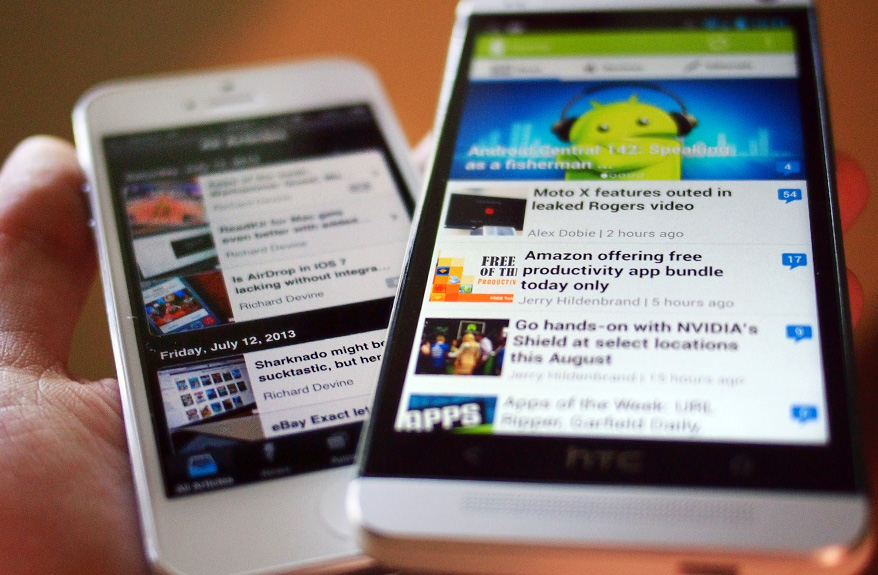
One arc minute
In 2010, Apple released the iPhone 4, bringing ultra-high-resolution screens to the smartphone market. Apple marketed the 326 pixels-per-inch display as a "Retina display." The "retina" name was derived from the human eye - the retina is the light-sensitive tissue on the back of the eyeball - which is capable of discriminating between two points separated by approximately 1/60th of a degree (one arc minute). The 0.078 mm-wide pixels of the iPhone 4's Retina display were too small for the human eye to discern at a normal use distance.
Prior to the iPhone 4, the highest resolution screens barely pushed up against the 300 ppi barrier. Post-iPhone 4, it took the other manufacturers time to catch up, though they have since leapfrogged the Retina display. New 1080p "full HD" screens on devices from HTC, LG, and Samsung have pushed the upper boundary of pixel density up past 440 pixels-per-inch, far beyond what the human eye is capable of seeing.
That's why we're seeing even high-end Android handset manufacturers push the specs envelope a little less and aim for a longer lifecycle for the phone, so they can get better component pricing over the run of the device given the higher volume.
This approach has been core to both Apple and BlackBerry over the years. They focus on experience, and use specs as a way to make that experience perform well. They don't need to be cutting edge, they just need to be good enough to make the experience cutting edge.
Yet by the same token, because of the longer shelf life, even current phones can feel old or outdated, especially when other platforms feel like they're launching new models every week or two.
It all comes down to striking the right balance between specs and experience, performance and price. That lets manufacturers stay profitable, and consumers stay happy.

Is it better to be aggressive or conservative with specifications? Really, the answer comes down to yes... and no...
- Derek Kessler, Managing Editor, Mobile Nations
Q:
What are the perfect smartphone and tablet screen sizes for you?
313 comments
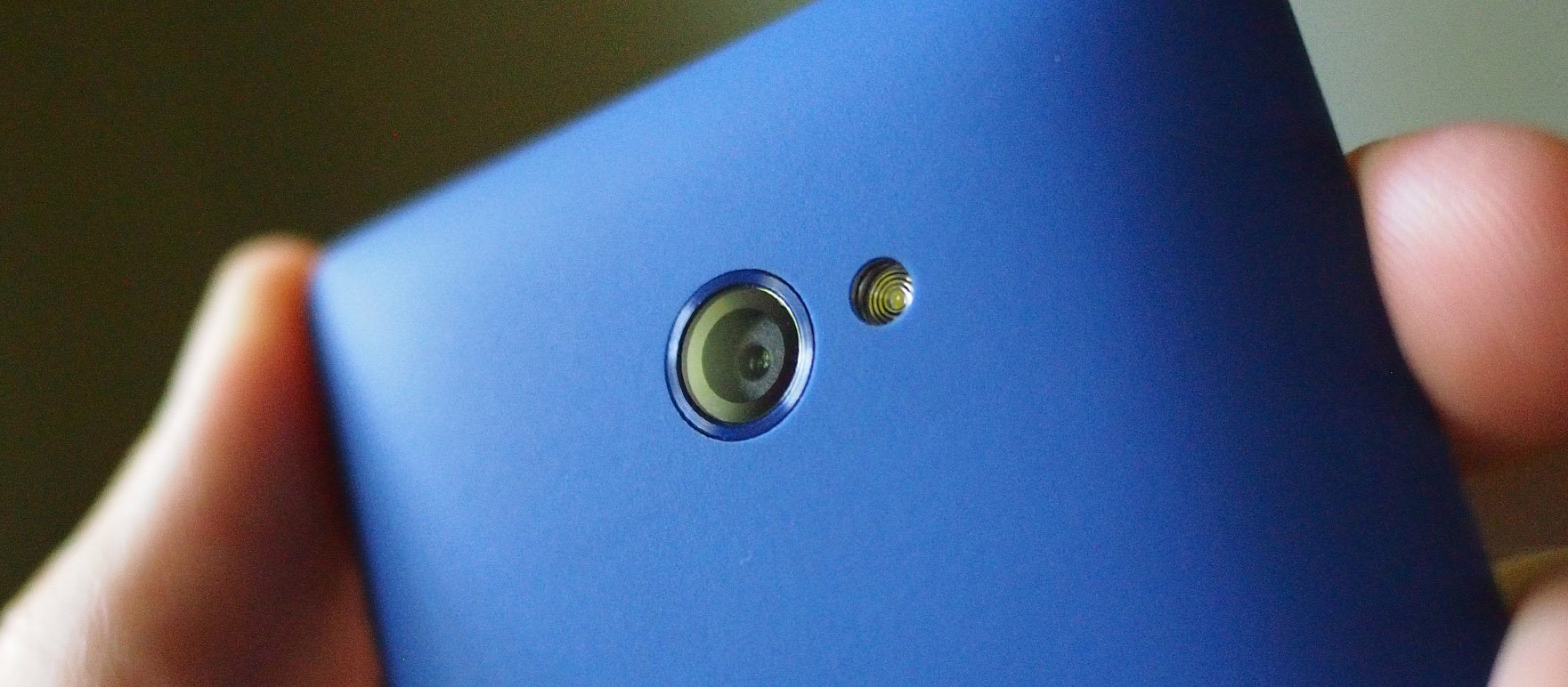
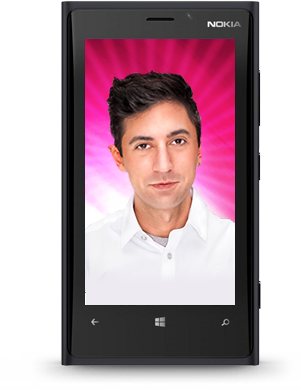
Daniel Rubino Windows Phone Central
When you use it every day, build quality matters
When you buy a smartphone, carrier subsidized or not, you're making an investment. It's typically hundreds of dollars you're paying out, and you have to hope the product will be worth the cost, that it will be durable and last for years. This build quality isn't at the forefront of every customer's minds, but it's there, and it's important.
Back in the pre-iPhone days of the smartphone, the Palm Treo line set the bar for quality craftsmanship. Sure, there were some issues here and there with devices (as there still are today), but there was something gratifying in a device like a Treo that had some heft to it.
Older Nokia smartphones are also synonymous with build quality, so much so that they've become a meme about how indestructible they are when put up against a sidewalk. These smartphones may have been bulky and heavy in comparison to today's smartphones, but they were tanks.
Old smartphones may have been bulky and heavy, but they were tanks.
Apple in many ways turned this industry on its head. In a good way, mind you. Back in 2007, the original iPhone really did raise the bar in terms of build quality and what customers should expect in a device. That's not to say Apple is perfect - they've been plagued by hardware issues as much as any other manufacturer (though thanks to their prominence get an overwhelming share of media attention).
But Apple has probably put the most thought into design and the excellence in the parts in their devices, which has had a cascading effect on the rest of the industry, resulting in all around better-quality smartphones for all consumers.
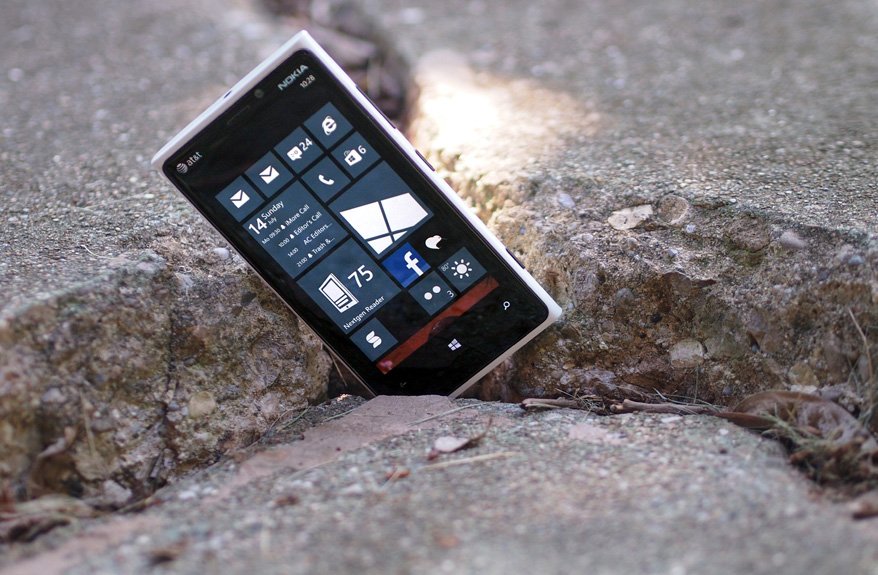
Indestructible
The indestructible Nokia meme saw its rise in late 2011, unsurprisingly finding its birth on Reddit. Originally centered around the circa-2000 Nokia 3310 and 2003's Nokia 1100, the meme cited only the volcanic Mordor of The Lord of the Rings as being capable of destroying the phone.
The meme saw its rise in particular reaction to the comparative fragility of the modern smartphone. Even with chemically-hardened glass faces and bodies made of polycarbonate or unibody metal, today's smartphones are just a single drop from being rendered inoperative. The Nokia 3310's exterior is in comparison composed almost entirely of hard plastic.
Nokia's taken the indestructible meme to heart, regularly posting takes on the indestructible Nokia 3310 meme on Twitter and Facebook, though of course spinning it all towards their new polycarbonate Lumia line.
Smartphones are like cars. There will always be the Ferraris and Lamborghinis on one end, and the Chevys and Kias at the other. That's not to say the low-end smartphones (or cars) cannot be improved. In the auto industry, Kia went from a "cheap brand" to challenging Honda for cost-efficiency and reliability. Nokia is making both high-end smartphones like the new 41-megapixel Lumia 1020, while also producing the $130 off-contract Lumia 521. Sure the, Lumia 521 is cut down in features and specs, but it's not a bad phone.
Hardware will continue to advance, even if not at quite the breakneck speeds we're seeing today. Phones will get faster, last longer, have higher resolution screens, and be thinner and lighter at the same time. But it's still up to us, the customers, to demand high quality hardware over the cheap stuff. As they say, vote with your wallet.

It's great to have really high build quality on a phone but I think what's more useful is whether or not there are a lot of accessories available for it.
- Christina Warren Senior Tech Analyst, Mashable
Q:
Talk Mobile Survey: The state of mobile platforms
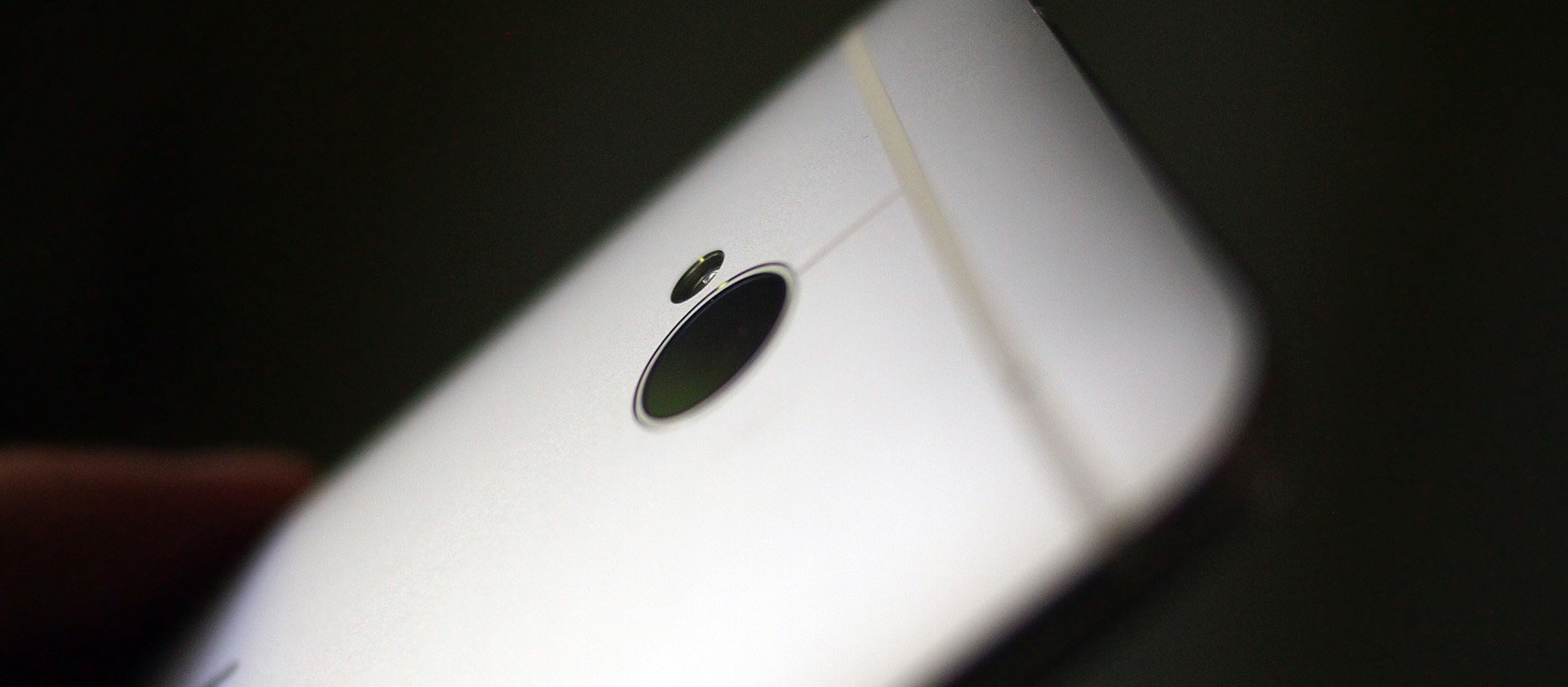

Rene Ritchie iMore
They don't build 'em like they used to
As smartphones have evolved, we've seen many technologies come and go. My Palm Treo 600 had a huge, honking external antenna. So did the Treo 650. Then came the Treo 680 in 2006 and the outie became an innie, and the age of the external smartphone antenna ended. Palm had the ability to internalize the antenna for years, but consumers expected phones to have them, so Palm kept tacking them on.
Those Treos also had infrared ports. No Wi-Fi, and some had Bluetooth (mainly for headsets), but if you held one next to another, you could beam a contact, or a tiny app, or otherwise share content wirelessly, almost magically. But then came ubiquitous Bluetooth and now Wi-Fi direct and NFC, and infrared sharing has gone the way of the dodo.
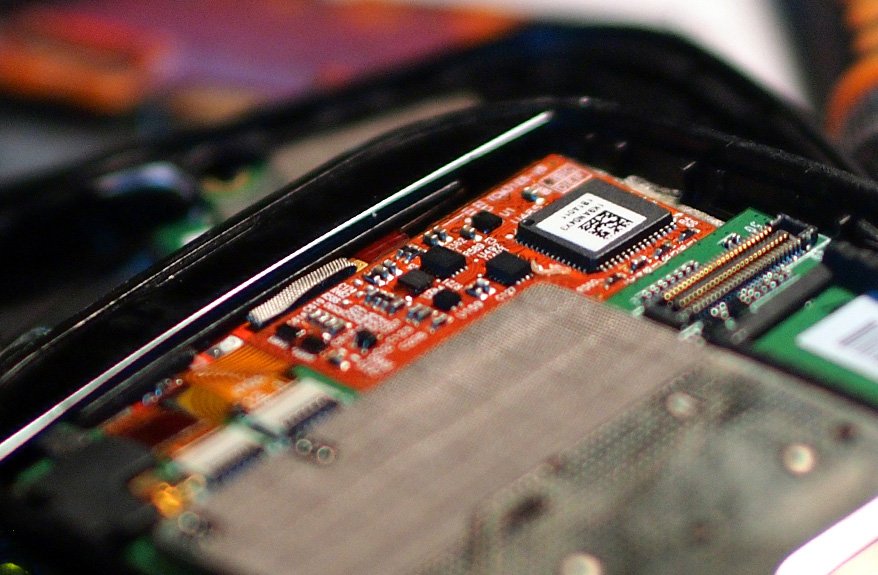
Rare earths
Smartphones are more than just aluminum, plastic, and chemically-strengthened glass. Inside the shell of these smartphones one will find a wide array of materials. The iPhone 5, for example, is built with 0.88 oz of aluminum (the body) and 0.56 oz of copper (wiring). 0.012 oz of silver, 0.0012 oz of gold, and 0.000012 oz of platinum are found inside the iPhone 5.
A number of rare earth elements, called such thanks not so much to their scarcity (they're found all over the globe) but that they're rarely concentrated and thus difficult to mine, are also found in modern smartphones. Those include but are not limited to yttrium for the LCD, europium in the circuitry, and neodymium in the speakers. More than 90% of rare earth metals are mined in China.
For a long time touchscreens were resistive. You had to push hard enough to squish two layers together to register a touch. In hindsight, it was horrible. It was barely responsive, imprecise, and awkward. We used it because, compared to non-touch screens, it seemed like magic. And then came capacitive touchscreens with multitouch, as popularized by the iPhone. Suddenly interacting with glass was effortless.
Thanks to capacitive multitouch, the stylus gave way to the finger, and fixed hardware keyboards could give way to adaptive virtual ones. Why push and prod with a tiny sliver of plastic when you could swipe and pinch and flick with all your fingers, all at once? Why have a movie only take up a quarter of a device's front surface because a permanent keyboard adorned the rest, when those little keys could fade away and let the video go full screen?
When technologies have grown obsolete, they fade away.
When technologies have grown obsolete, they fade from the mainstream. They may persist in niche products for very specific use cases, but they're no longer found in the vast majority of devices intended for the vast majority of people.
External antennas are now the domain of satellite phones, not Nokia Lumia 920s. Styluses are now relegated to Galaxy Notes, not HTC Ones. Hardware keyboards are now pretty much found only on BlackBerry Q10s, not iPhones.
Those technologies are now only found by those people who really, truly want or need them, and for whom every other device concern is secondary. For everyone else, they've long since been killed off.

We got rid of the stylus but now all of a sudden it's back on the Note!
- Dieter Bohn Senior Mobile Editor, The Verge
Q:
Who makes the best hardware today?
313 comments

Conclusion
Hardware matters. We interact with all facets of the device when using it, from the software displayed on the screen to the services providing the data for that software to the hardware that actually is the screen. But the hardware is the only one we can hold in our hands. It's the physical embodiment of the smartphone.
It matters that the processor and RAM and storage and battery be sufficiently powerful to meet our needs, but it doesn't necessarily matter that the processor is the fastest available or that you have more storage space than you could possibly ever fill. What matters is that everything works together to enable you to use your smartphone how you want to use it.
Sometimes that means leaving things behind. New technologies replace old ones and make things slimmer, faster, and more efficient. But that cutting edge can sometimes be the bleeding one, where that new technology isn't necessarily ready for primetime.
All of these pieces of metal, plastic, silicon, and glass have to be packaged into a container that's built to last. These phones go into our pockets and purses and holsters dozens of times a day. They get hot and cold, they're dropped on concrete and in the pool, and they just have to keep ticking.

